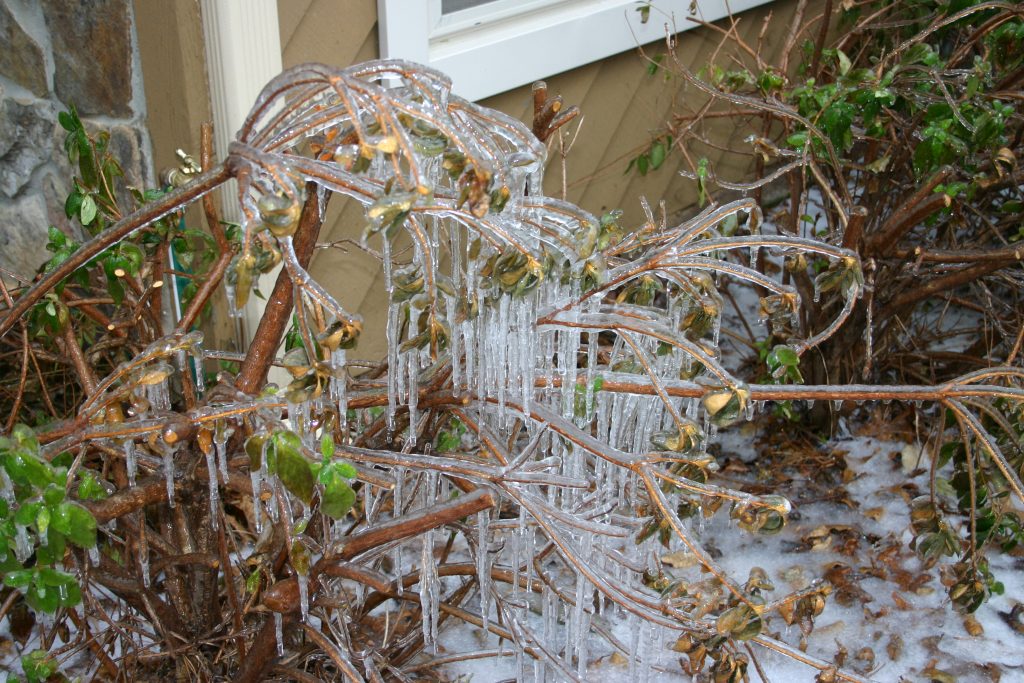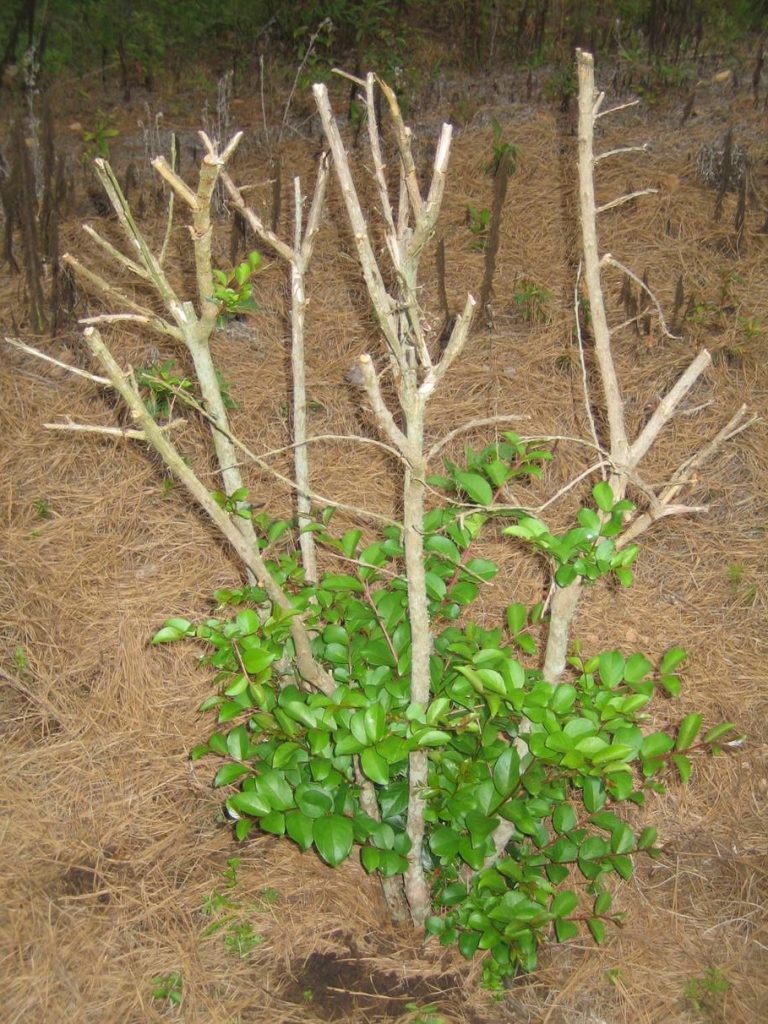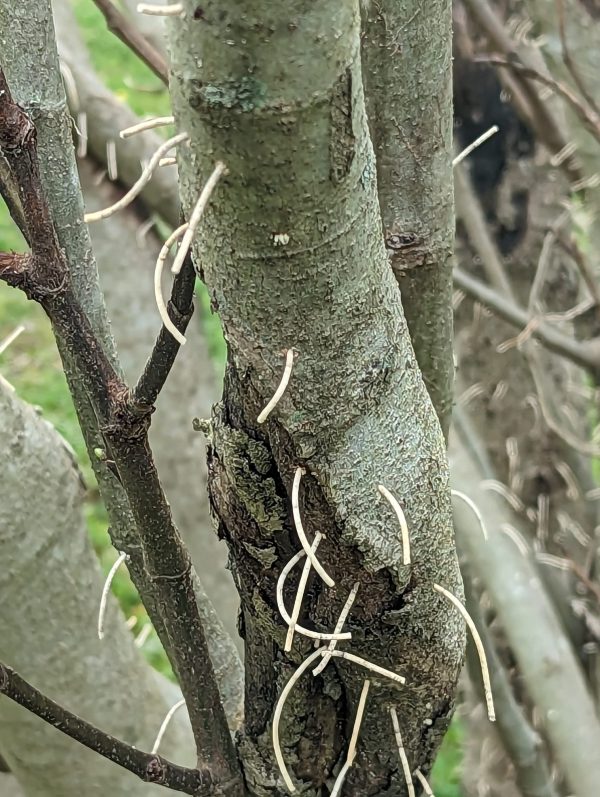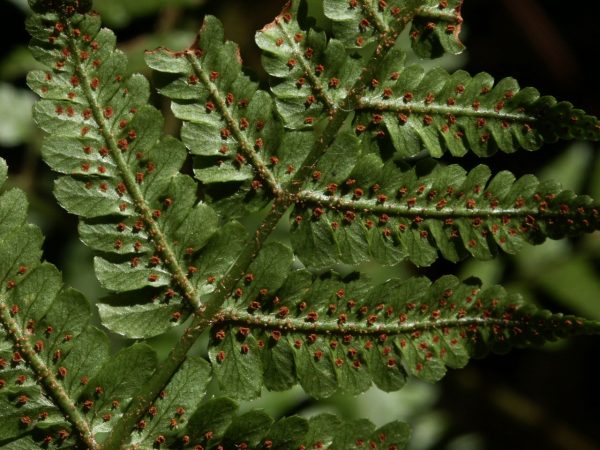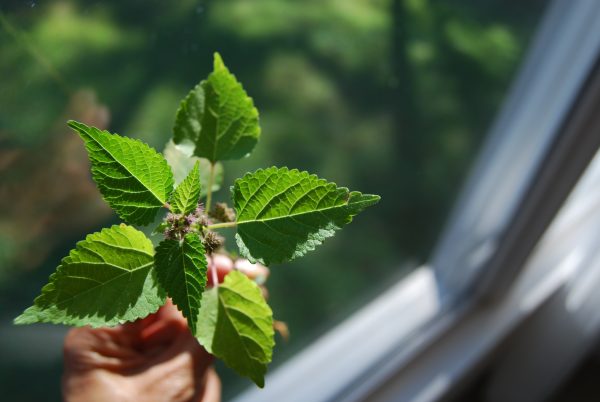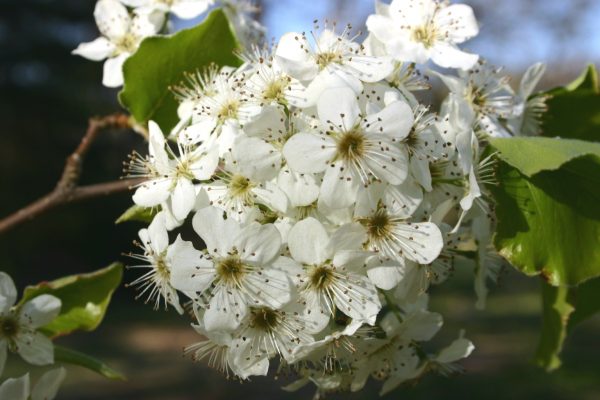What to Expect after an Unexpected Freeze #2
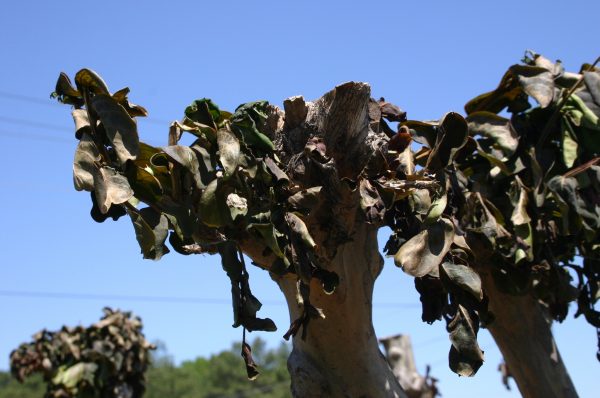
This article on cold damage was originally written in March, 2002 but the details it provides are accurate for any winter.
Last night, the WEATHER.COM Web site was predicting 19 degrees at 6:00 a.m. Saturday morning in my neighborhood. As I write this (10:00 a.m. Friday) they have raised the prediction to 26 degrees. For Cumming, they predict 24 degrees and for Jonesboro it’s 27 degrees.
Looking at this, you probably have questions like I have: Will this hurt my plants? Should I cover them? Which ones and how?
As you observed after the freeze of February 28 this year, many plants which were in full bloom had their flowers hurt by the cold weather. Deciduous magnolias, early azaleas and even some early daffodils had brown blooms afterwards. In my observation, Bradford pear flowers are not as noticeable this year, also probably as a result of the cold.
In addition to flower damage, plants which produce blooms on last year’s buds can lose their flowering capacity for the year if their buds are damaged before flowering. I’m thinking specifically about bigleaf hydrangeas in this case. Mine have at least two inches of green growth from the stems. The green tip buds are the ones from which blooms will form in May/June. I don’t want to lose my blue hydrangea blooms!
I have a big bed of hydrangeas in front of my house. I also have large beds of azaleas that are 75% in bloom. I am going to cover three of my beds with black plastic from Home Depot and compare them to the un-covered beds this weekend. 26 degrees seems pretty cold to me and I think I can raise the temperature under the plastic a few degrees by anchoring it to the ground on all sides with stones and broken limbs.
Later-blooming azaleas (like the satsuki’s) and those that still have tight, unopened buds should bloom normally later. Hydrangeas whose tip buds are frozen off may still have buds close to the ground which will produce flowers later than normal in the summer (June/July/August rather than May/June). Keep an eye on the predicted low temperatures in your area and make your plans accordingly!
In case you are curious about what are the likeliest dates of first and last frost, here is something I wrote in the AJC last year:
PREDICTING THAT FIRST & LAST FROST
Predicting the date of the first frost is tricky. And while it may not cause gnashing of landscapers’ teeth like an unexpected late spring frost, the first fall frost is important to some. Weather scientists have kept detailed records of frost occurrence for our area and they can offer some averages for guidance. While frost may not occur at an air temperature of 32 degrees, we’ll use that temperature as a reference point. Weather people say that over their thirty year observation range, the average date of first frost is November 13. The earliest frost date was October 25 and the latest fall frost was December 6.
SEVERE COLD
If we choose 16 degrees as the mark of severe cold weather, record keepers say there is a 90% chance of its occurrence before December 25 each year. In spring, the average date it occurs is February 5 and the latest date that 16 degrees occurred in thirty years was March 4.
SNEAK PREVIEW FOR SPRING
What do the records show about the last frost in the spring? Again using 32 degrees as the reference point, the most likely date for a last frost is March 27. The earliest date for a last spring frost was February 16 and the latest frost in spring occurred on April 23. In 1983 the last frost was April 20. (Imagine what those freezes did to spring landscapes!
